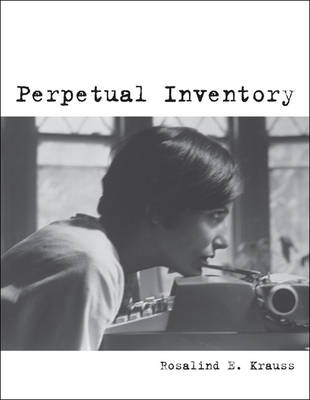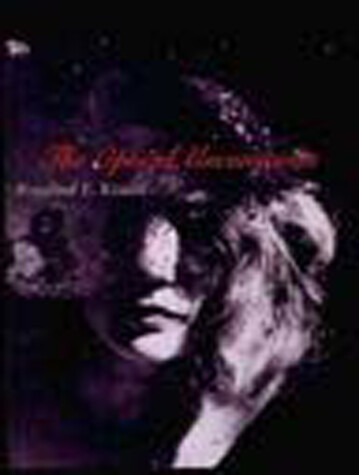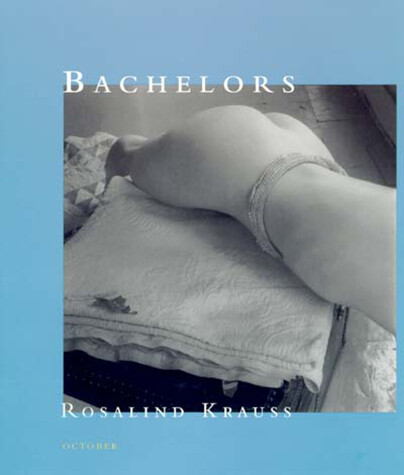October Books
3 total works
Krauss also writes about artists who are reinventing the medium, artists who persevere in the service of a nontraditional medium ("strange new apparatuses" often adopted from commercial culture), among them Ed Ruscha, Christian Marclay, William Kentridge, and James Coleman.
The Optical Unconscious will be deeply vexing to modernism's standard-bearers, and to readers who have accepted the foundational principles on which their aesthetic is based. Krauss also gives us the story that Alfred Barr, Meyer Shapiro, and Clement Greenberg repressed, the story of a small, disparate group of artists who defied modernism's most cherished self-descriptions, giving rise to an unruly, disruptive force that persistently haunted the field of modernism from the 1920s to the 1950s and continues to disrupt it today.
In order to understand why modernism had to repress the optical unconscious, Krauss eavesdrops on Roger Fry in the salons of Bloomsbury, and spies on the toddler John Ruskin as he amuses himself with the patterns of a rug; we find her in the living room of Clement Greenberg as he complains about "smart Jewish girls with their typewriters" in the 1960s, and in colloquy with Michael Fried about Frank Stella's love of baseball. Along the way, there are also narrative encounters with Freud, Jacques Lacan, Georges Bataille, Roger Caillois, Gilles Deleuze, and Jean-François Lyotard.
To embody this optical unconscious, Krauss turns to the pages of Max Ernst's collage novels, to Marcel Duchamp's hypnotic Rotoreliefs, to Eva Hesse's luminous sculptures, and to Cy Twombly's, Andy Warhol's, and Robert Morris's scandalous decoding of Jackson Pollock's drip pictures as "Anti-Form." These artists introduced a new set of values into the field of twentieth-century art, offering ready-made images of obsessional fantasy in place of modernism's intentionality and unexamined compulsions.
Since the 1970s Rosalind Krauss has been exploring the art of painters, sculptors, and photographers, examining the intersection of these artists concerns with the major currents of postwar visual culture: the question of the commodity, the status of the subject, issues of representation and abstraction, and the viability of individual media.
These essays on nine women artists are framed by the question, born of feminism, "What evaluative criteria can be applied to women's art?" In the case of surrealism, in particular, some have claimed that surrealist women artists must either redraw the lines of their practice or participate in the movement's misogyny. Krauss resists that claim, for these "bachelors" are artists whose expressive strategies challenge the very ideals of unity and mastery identified with masculinist aesthetics. Some of this work, such as the "part object" (Louise Bourgeois) or the "formless" (Cindy Sherman) could be said to find its power in strategies associated with such concepts as écriture feminine. In the work of Agnes Martin, Eva Hesse, or Sherrie Levine, one can make the case that the power of the work can be revealed only by recourse to another type of logic altogether. Bachelors attempts to do justice to these and other artists (Claude Cahun, Dora Maar, Louise Lawler, Francesca Woodman) in the terms their works demand.


